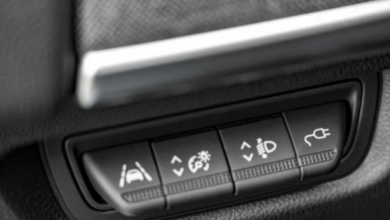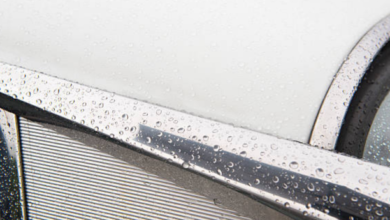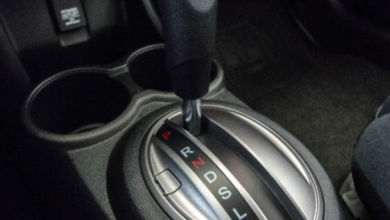Symptoms of a Hot Auto Transmission: What to Look Out For

A well-functioning transmission is critical for your vehicle’s performance and longevity. However, when your transmission overheats, it can lead to serious damage and expensive repairs. Recognizing the symptoms of a hot auto transmission early can help you take action before it’s too late. Here’s what you need to know.
Table of Contents
Toggle1. Burning Smell
One of the most noticeable signs of an overheating transmission is a strong, burning odor. This smell is often caused by the transmission fluid breaking down due to excessive heat. Transmission fluid is designed to keep the internal components of the transmission cool and well-lubricated. When the fluid overheats, it can burn, producing a distinctive, often acrid smell. If you notice this odor, it’s crucial to stop driving and check your transmission fluid levels and condition.
2. Slipping Gears
Transmission slipping is a common symptom of overheating. When your transmission is too hot, it can cause the fluid to lose its viscosity, reducing its ability to properly engage the gears. As a result, you might notice that your vehicle struggles to stay in gear, or it may suddenly shift in and out of gear without warning. This can be dangerous, especially at high speeds, as it affects your control over the vehicle.
3. Delayed or Harsh Shifting
Another sign of a hot transmission is delayed or harsh shifting. When the transmission fluid overheats, it can’t provide the necessary lubrication and hydraulic pressure to facilitate smooth gear changes. You might experience a delay when shifting gears, or the shift might feel rough and jolting. These symptoms are not only uncomfortable but can also indicate that your transmission is under significant stress.
4. Transmission Warning Light
Modern vehicles are equipped with various sensors that monitor the condition of different systems, including the transmission. If your transmission begins to overheat, a warning light on your dashboard may illuminate. This light is often shaped like a gear or may be a general “check engine” light. When this light comes on, it’s a clear indication that the transmission is experiencing issues, likely due to overheating.
5. Loss of Power
Overheating can cause your transmission to lose efficiency, leading to a noticeable decrease in your vehicle’s power and performance. You might find that your car feels sluggish, particularly when accelerating. This loss of power occurs because the transmission isn’t able to transfer power from the engine to the wheels effectively when it’s too hot. If your vehicle struggles to pick up speed, it could be a sign that your transmission is overheating.
6. Fluid Leaks
An overheating transmission can cause seals and gaskets to deteriorate, leading to fluid leaks. Transmission fluid is typically red or brown and has a distinct, slightly sweet smell. If you notice puddles of this fluid under your vehicle, it could be a sign that your transmission is overheating and that the seals have been compromised. Ignoring these leaks can lead to further overheating and eventually, transmission failure.
7. Unusual Noises
If your transmission is overheating, you may start to hear unusual noises coming from under the hood. These noises can include whining, humming, or clunking sounds when the vehicle is in gear. Overheating can cause internal components to wear out faster or malfunction, leading to these strange noises. Paying attention to any new or unusual sounds can help you catch transmission problems early.
8. Erratic Shifting
Erratic or unpredictable shifting is another symptom of a hot transmission. You might notice that your vehicle shifts gears at inappropriate times, or it may skip gears entirely. This can happen because the transmission’s sensors and solenoids, which control gear shifts, can malfunction when exposed to excessive heat. Erratic shifting not only indicates that the transmission is overheating but also poses a safety risk while driving.
Conclusion
Recognizing the symptoms of a hot auto transmission is essential for preventing further damage and ensuring your vehicle remains in good working condition. If you experience any of these symptoms—burning smell, slipping gears, delayed shifting, warning lights, loss of power, fluid leaks, unusual noises, or erratic shifting—it’s important to address the issue immediately. Regular maintenance, including checking and replacing transmission fluid, can help prevent overheating. If you suspect your transmission is overheating, consult a professional mechanic to diagnose and fix the problem before it leads to more severe damage.




